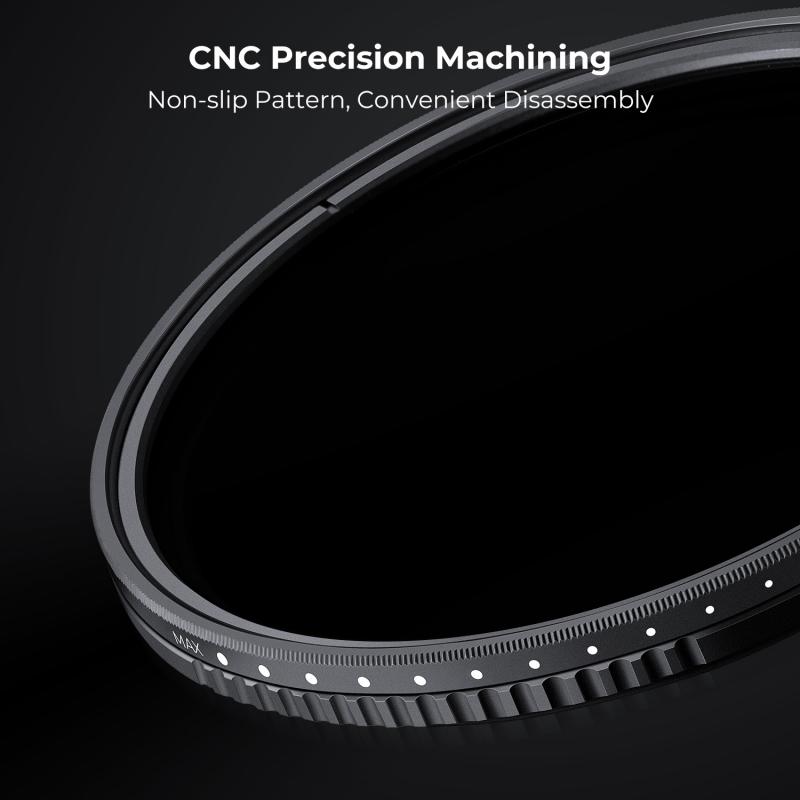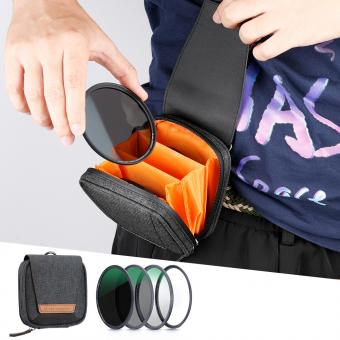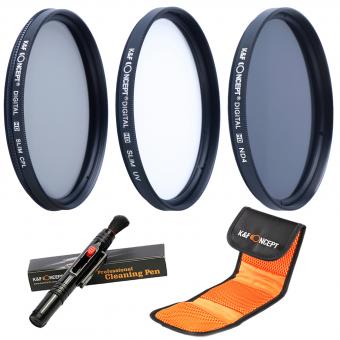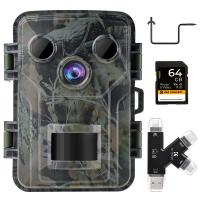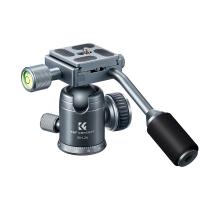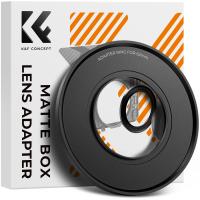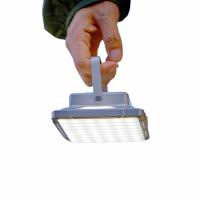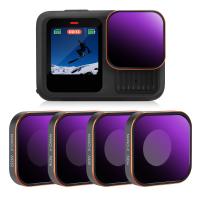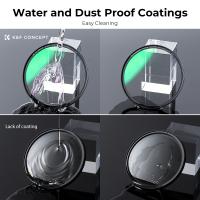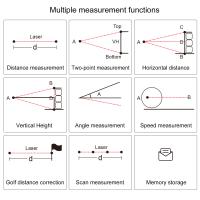Which Uv Filter Are Best For Aquarium ?
There are several types of UV filters that can be used in aquariums, including submersible UV sterilizers and external UV sterilizers. The best UV filter for an aquarium depends on various factors such as the size of the tank, the type of fish and plants present, and the specific needs of the aquarium. It is recommended to choose a UV filter that is appropriately sized for the aquarium and has the necessary flow rate to effectively treat the water. Additionally, considering the quality and durability of the UV filter is important to ensure its long-term effectiveness. Consulting with a knowledgeable aquarium specialist or researching reputable brands and customer reviews can help in selecting the best UV filter for a specific aquarium setup.
1、 Biological Filtration: Promotes beneficial bacteria growth for waste breakdown.
Biological filtration is an essential component of maintaining a healthy aquarium environment. It involves the growth of beneficial bacteria that help break down waste products, such as ammonia and nitrites, into less harmful substances. These bacteria colonize the filter media and other surfaces within the aquarium, providing a natural and efficient way to remove toxins from the water.
When it comes to choosing the best UV filter for an aquarium, it's important to understand that UV sterilizers are not directly involved in biological filtration. UV sterilizers use ultraviolet light to kill or deactivate microorganisms, including algae, bacteria, and parasites. While they can be beneficial in controlling certain types of harmful organisms, they do not promote the growth of beneficial bacteria.
In terms of biological filtration, the best filters for an aquarium are typically those that provide ample surface area for bacterial colonization. This can include various types of filter media, such as ceramic rings, bio balls, or porous foam. The more surface area available, the more bacteria can grow and thrive, leading to better waste breakdown.
Additionally, a well-designed filtration system should also include mechanical and chemical filtration components. Mechanical filtration helps remove larger debris and particles from the water, while chemical filtration involves the use of activated carbon or other chemical media to remove impurities and odors.
It's worth noting that the latest point of view in aquarium filtration emphasizes the importance of a balanced approach. While biological filtration is crucial, it should be complemented by other filtration methods to ensure optimal water quality. UV sterilizers can be a useful addition to control certain types of harmful organisms, but they should not be solely relied upon for maintaining a healthy aquarium ecosystem.
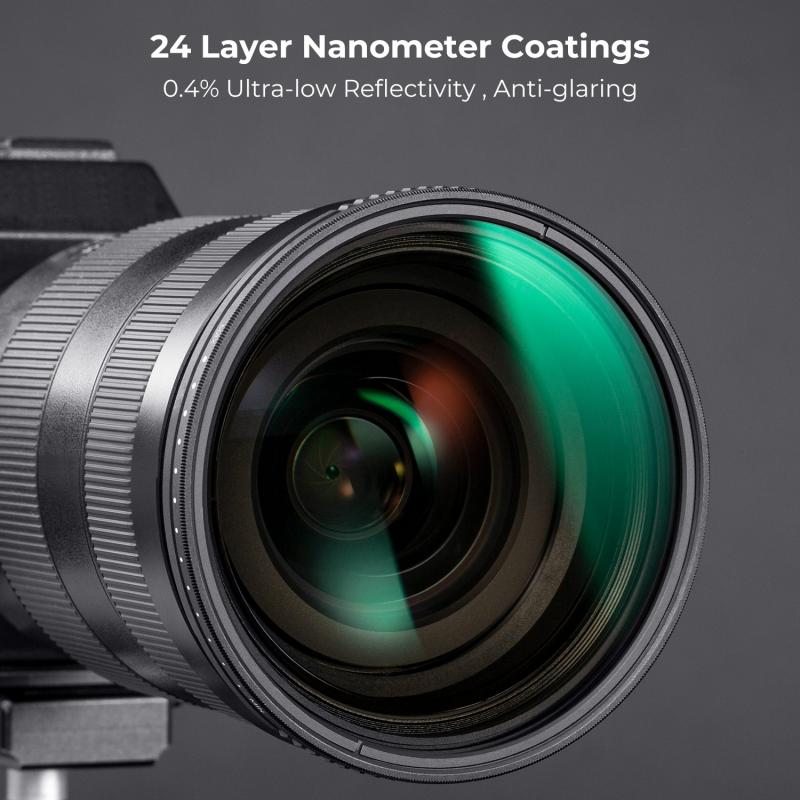
2、 Mechanical Filtration: Removes debris and particles from the water.
Mechanical filtration is an essential component of aquarium filtration systems as it helps to remove debris and particles from the water. This type of filtration is typically achieved through the use of various filter media such as sponges, filter pads, or filter floss.
When it comes to choosing the best UV filter for an aquarium, it is important to consider the specific needs of your tank. UV filters, also known as ultraviolet sterilizers, are designed to kill or inhibit the growth of harmful microorganisms in the water. They work by exposing the water to ultraviolet light, which effectively neutralizes bacteria, viruses, and algae.
There are several factors to consider when selecting a UV filter for your aquarium. Firstly, you need to determine the appropriate size of the UV sterilizer based on the volume of water in your tank. It is generally recommended to choose a UV filter that can process the entire volume of water in the tank at least once every two hours.
Additionally, it is important to consider the flow rate of the UV filter. The flow rate should be compatible with the flow rate of your aquarium's filtration system to ensure effective sterilization. It is also worth noting that UV filters require regular maintenance, including bulb replacement, to ensure optimal performance.
In terms of the latest point of view, advancements in UV filter technology have led to the development of more efficient and compact units. Some UV filters now come with built-in features such as adjustable flow rates, automatic shut-off mechanisms, and indicators for bulb replacement. These advancements make it easier for aquarium hobbyists to maintain a clean and healthy environment for their aquatic pets.
In conclusion, mechanical filtration is crucial for removing debris and particles from aquarium water. When selecting a UV filter, consider factors such as size, flow rate, and maintenance requirements. Stay updated with the latest advancements in UV filter technology to ensure the best possible filtration for your aquarium.
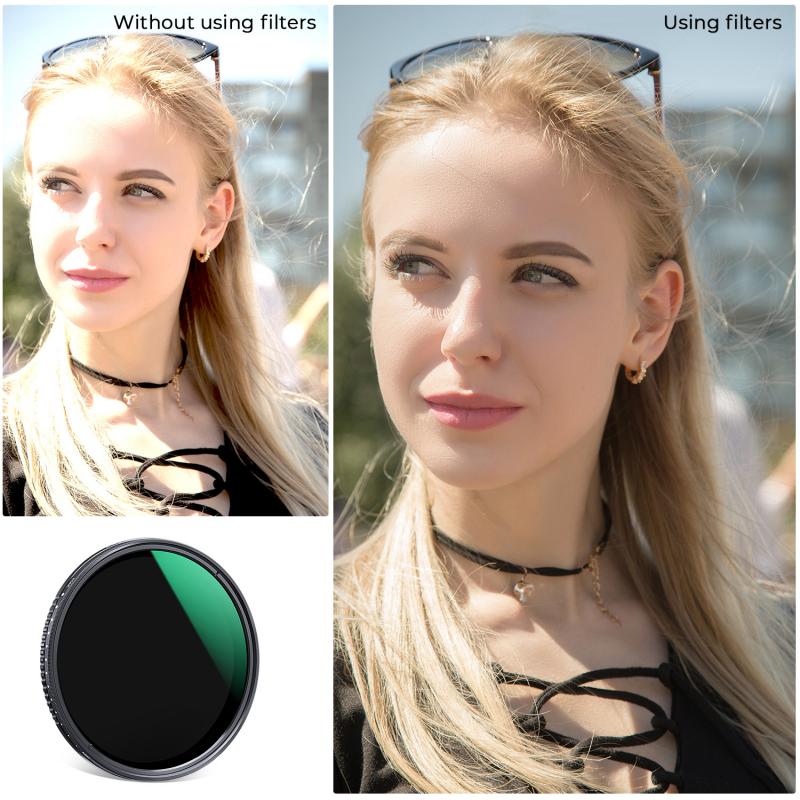
3、 Chemical Filtration: Uses activated carbon or other media to remove impurities.
Which UV filter is best for an aquarium depends on the specific needs and requirements of the tank. UV filters are primarily used for sterilizing water by killing harmful bacteria, viruses, and parasites. However, they do not remove impurities or chemicals from the water. For chemical filtration, activated carbon or other media is typically used.
Activated carbon is a popular choice for chemical filtration in aquariums. It is highly effective at removing organic compounds, toxins, and odors from the water. Activated carbon works by adsorbing impurities onto its porous surface, trapping them and preventing them from being released back into the water. This helps to improve water clarity and quality.
In recent years, there has been a growing interest in using alternative chemical filtration media in aquariums. Some aquarists have started using products like zeolite, bio balls, and ceramic rings for chemical filtration. These media offer different benefits and can be more effective in certain situations. For example, zeolite is known for its ability to remove ammonia from the water, making it a great choice for tanks with high fish loads.
It is important to note that UV filters and chemical filtration serve different purposes in an aquarium. UV filters are primarily used for sterilization, while chemical filtration is focused on removing impurities. Therefore, it is recommended to use both UV filters and chemical filtration media in combination to achieve the best water quality in an aquarium.
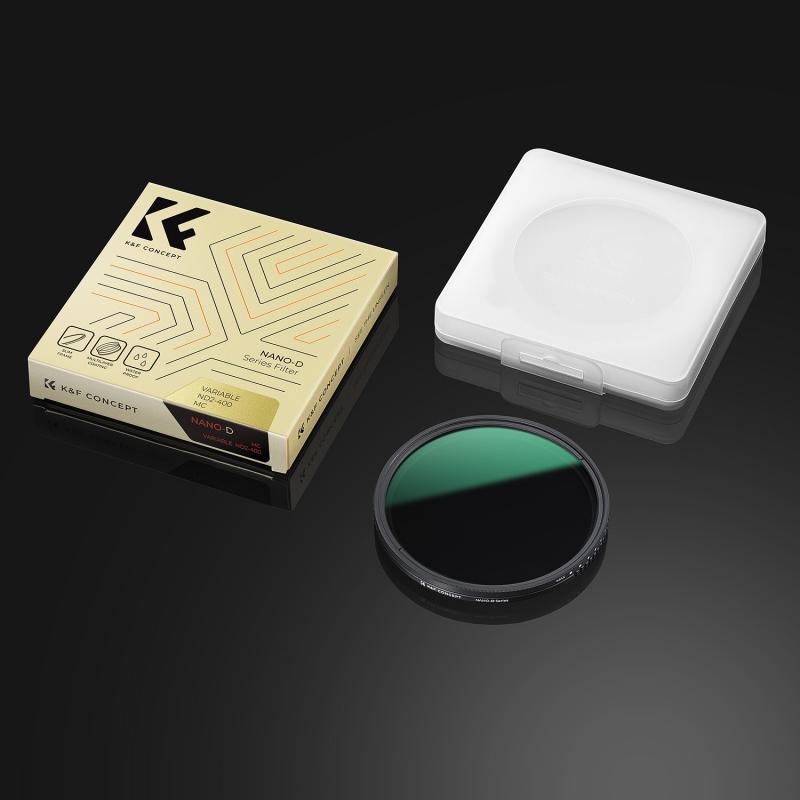
4、 UV Sterilization: Kills harmful microorganisms and prevents disease outbreaks.
UV sterilization is an effective method for maintaining a healthy and disease-free aquarium environment. It works by using ultraviolet light to kill harmful microorganisms, such as bacteria, viruses, and parasites, that can cause diseases and outbreaks in fish tanks.
When it comes to choosing the best UV filter for an aquarium, there are a few factors to consider. Firstly, the size of the aquarium and the flow rate of the water should be taken into account. It is important to select a UV filter that is appropriately sized for the tank and can handle the volume of water passing through it. Additionally, the quality and intensity of the UV light emitted by the filter should be considered. Higher quality UV filters will have a higher wattage and a longer lifespan.
In terms of the latest point of view, advancements in UV sterilization technology have led to the development of more efficient and user-friendly filters. Some filters now come with built-in features such as adjustable flow rates, automatic shut-off mechanisms, and easy-to-replace UV bulbs. These features make maintenance and operation of the UV filter easier for aquarium owners.
It is also worth noting that while UV sterilization is effective in killing harmful microorganisms, it should not be solely relied upon as the sole method of maintaining a healthy aquarium. Proper water quality management, regular water changes, and a balanced diet for the fish are equally important in preventing disease outbreaks.
In conclusion, UV sterilization is an effective tool for preventing disease outbreaks in aquariums. When choosing a UV filter, it is important to consider factors such as size, flow rate, and UV light quality. The latest advancements in UV sterilization technology have made filters more efficient and user-friendly. However, it is important to remember that UV sterilization should be used in conjunction with other aquarium maintenance practices for optimal results.
